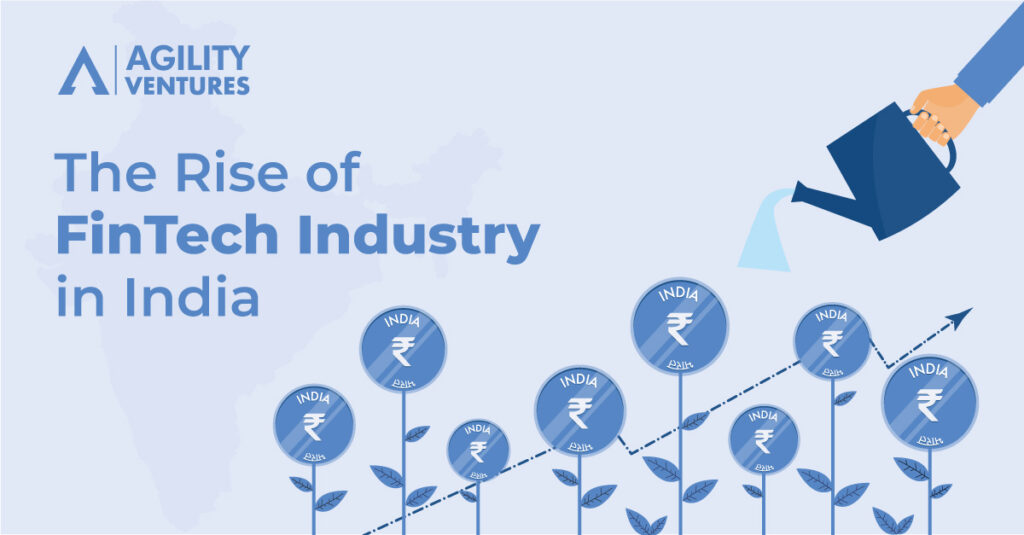Today let me start by asking you a question. What does a business need the most to survive? Some of you may answer good leadership, team, a product that satisfies the market but none of us can deny that cash or funds are present at the core of each of these attributes. This becomes even more critical when the business is just trying to find its feet in the market just like a Startup. If a startup does not procure funds at the correct stages, no matter how innovative the startup is, it will go down in the drain. So, the
question here is how a startup gets funds and what the different processes are called.
Initially, every entrepreneur starts from their funds. This the earliest stage in the funding known as pre- seed financing. Pre-seed financers are entrepreneurs who build the company from scratch using their skills, passion, money, and a bit of luck. This whole process is known as Bootstrapping. Since the funds used are personal, there is a lot of financial risk on the shoulders of the entrepreneur. On the flip side, entrepreneur maintains the control of the enterprise. Even though there are outside investors, who
invest at the pre-seed funding stage, the investment is generally without equity exchange.
Funds raised during this process get exhausted very quickly, just in planning the resources and product only. Therefore, to raise more funds, startups move to financing rounds, the first one of them being seed financing. Seed financing is the first official equity exchange funding. Different investor classes such as family, friends, incubators, accelerators, especially angel investors during this round. These investors are willing to undertake the risk involved and have brilliant skills to find out which startups are destined for long life. Startups use these funds to do market research, develop products and form a user base. In 2020, the average funding raised was 2.2 million dollars.
Next on the list is Series A funding. If a startup has developed a track record and wishes to expand in other regions which the team thinks are profitable or has a model that can yield growth opportunities, it can raise funds in the Series A funding process. Here the investors are looking at the potential of the startups in converting their innovative ideas to well-defined goals and strategies to achieve those goals. Generally, venture capital firms, angel investment networks, and crowdfunding sites invest at this stage.
In 2020, the average funding raised was 15.6 million dollars.
Now, if the startup has raised funds in both of the above-mentioned rounds, and utilized the funds well, it clear that the startup is on its road to success. Since the startup has found its feet, the next task is to expand market reach or grow the company to meet the market demand. So, the companies then go for Series B funding. Here the focus is on building a strong team, advertising, tech, support, and establish themselves as a reliable product in the minds of customers. Just like Series A funding, here also Venture Capitalists are the key players. The average funding raised was 33 million dollars.
Most companies stop after Series B funding. Their business has grown to generate the required funds. However, some ambitious ventures might need to raise more money if they want to develop new products, expand into further markets (maybe international), or acquire a budding competition. Such companies go for Series C funding where major players are Investment Banks, Private Equity firms, Hedge Funds, etc. They know the venture is well established, successful, and the chances of failure are
low. The average funding raised was 50 million dollars.
The next stage after this is Initial Public Offer or IPO i.e. asking for funds directly from the public. Most investors liquidate their holding at this stage, booking a handsome return for themselves. However, some companies might go for Series D funding as well if their intended targets are not fulfilled from the funds of Series C.
So, most startups raise funds like that. With each Series round, valuation increases, and the equity stake of the founder decreases. Series funding is also an appropriate way to filter which startups are going to convert themselves into big companies and which startups are going to fail at different stages. Therefore, there is no doubt in saying that funding is a vital process and must be taken seriously at every stage.



